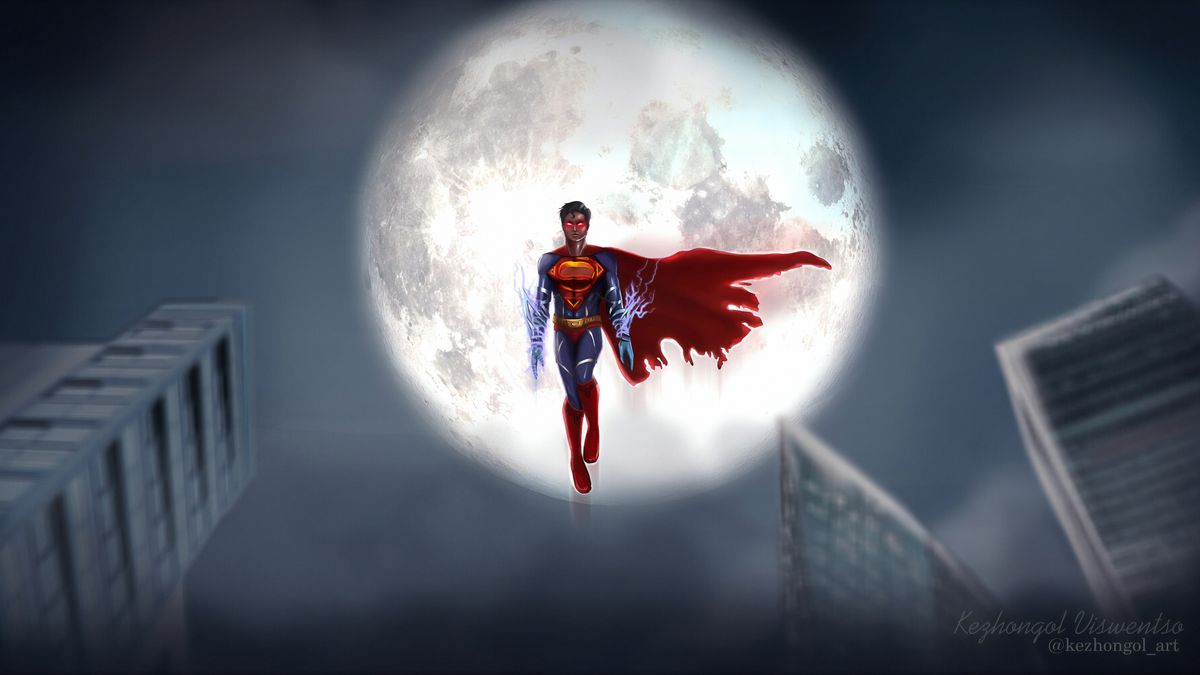The Science of Superheroes: Could Their Powers Actually Exist? - superhero abilities explored

In the realm of popular culture, superheroes have captivated our imaginations for decades. From flying through the skies to bending time and space, these extraordinary characters possess powers that seem to defy the laws of physics. But have you ever wondered if these fantastical abilities could actually exist in the real world? In this comprehensive exploration, we delve into the science behind superhero powers, dissecting their feasibility, and shedding light on the fascinating intersection of fiction and reality.
Superhuman Strength: Unraveling the Muscular Enigma
One of the most iconic traits of superheroes is their incredible strength. Characters like Superman and the Hulk can lift cars, crush boulders, and topple buildings with ease. But is it scientifically possible for a human to possess such immense power?
The Potential of Human Muscle Fibers
In our quest to understand superhuman strength, we must first examine the limitations of human muscle fibers. While the average person can exert a certain amount of force, there are biological constraints that prevent us from reaching superhero levels of strength. Muscle fiber composition, energy production, and mechanical efficiency all play crucial roles in determining our physical capabilities.
Genetic Mutations and Super Strength
Exploring the world of genetics, we discover that certain mutations can result in enhanced muscle development. Conditions like myostatin-related muscle hypertrophy can lead to individuals with significantly denser and more powerful muscles than the average person. Could these genetic anomalies be the real-life counterparts to superhero strength?
Flight: Soaring Above Earth's Gravitational Pull
The ability to take flight is a staple power among many superheroes. From Superman's graceful soaring to Iron Man's powered suits, the concept of defying gravity is a recurring theme. But can humans ever hope to achieve true flight without the aid of machines?
Bird Anatomy and Human Flight
Examining the avian world, we find inspiration in the anatomical features of birds. Birds have lightweight bones, strong chest muscles, and feathers that provide lift. Could biomimicry lead to the development of winged suits or other technologies that enable controlled human flight?
Anti-Gravity and Exoskeletons
Cutting-edge research in anti-gravity technology and exoskeletons has brought us closer to the possibility of human flight. Concepts like electromagnetic levitation and powered exoskeletons are pushing the boundaries of what we once thought was impossible. Could these innovations make superhero-style flight a reality?
Time Manipulation: Bending the Fabric of Reality
Characters like Doctor Strange and The Flash possess the extraordinary ability to manipulate time. They can travel to the past, slow down moments, or even glimpse into the future. Is time manipulation purely the stuff of science fiction, or could there be scientific theories that hint at its plausibility?
Einstein's Theory of Relativity
Albert Einstein's groundbreaking theory of relativity shook the foundations of our understanding of time and space. It showed that time can be influenced by gravity and velocity. While we're far from manipulating time as effortlessly as superheroes, Einstein's work suggests that time is not as fixed as we once believed.
Quantum Mechanics and Time Travel
In the realm of quantum mechanics, there are tantalizing theories about the nature of time and the possibility of time travel. Concepts like wormholes and quantum entanglement raise intriguing questions about the potential for manipulating temporal events. Could these quantum phenomena hold the key to unlocking time-manipulating powers?
The Verdict: Bridging Fiction and Reality
In our quest to understand the science behind superhero powers, we've uncovered tantalizing hints that some aspects of these abilities may not be as far-fetched as they seem. Genetic mutations, biomimicry, cutting-edge technology, and the mysteries of quantum mechanics all contribute to a fascinating tapestry of scientific exploration.
While we may never witness someone flying unaided or reversing time with a wave of their hand, the pursuit of knowledge and innovation continues to blur the lines between fiction and reality. Superheroes may remain a product of our imagination, but the science behind their powers continues to inspire us to push the boundaries of what's possible in the real world.
Disclaimer: This article is intended for entertainment and speculative purposes. The science discussed here represents theoretical possibilities and does not guarantee the existence of superhero-like powers.
graph TD
A[Superhuman Strength] --> B[Genetic Mutations]
A[Superhuman Strength] --> C[Biological Constraints]
A[Superhuman Strength] --> D[Muscle Fiber Composition]
B[Genetic Mutations] --> E[Myostatin-Related Muscle Hypertrophy]
E[Myostatin-Related Muscle Hypertrophy] --> F[Enhanced Muscle Development]
C[Biological Constraints] --> G[Limitations on Physical Capabilities]
D[Muscle Fiber Composition] --> H[Energy Production]
D[Muscle Fiber Composition] --> I[Mechanical Efficiency]
H[Energy Production] --> J[Determining Physical Capabilities]
I[Mechanical Efficiency] --> J[Determining Physical Capabilities]
E[Myostatin-Related Muscle Hypertrophy] --> F[Enhanced Muscle Development]
J[Determining Physical Capabilities] --> K[Real-Life Superhero Strength]
B[Genetic Mutations] --> E[Myostatin-Related Muscle Hypertrophy]
D[Muscle Fiber Composition] --> I[Mechanical Efficiency]
This comprehensive exploration of the science behind superhero powers showcases the fascinating intersection of imagination and reality, shedding light on the potential for humanity to reach new heights, both in our understanding of physics and our pursuit of the extraordinary.


